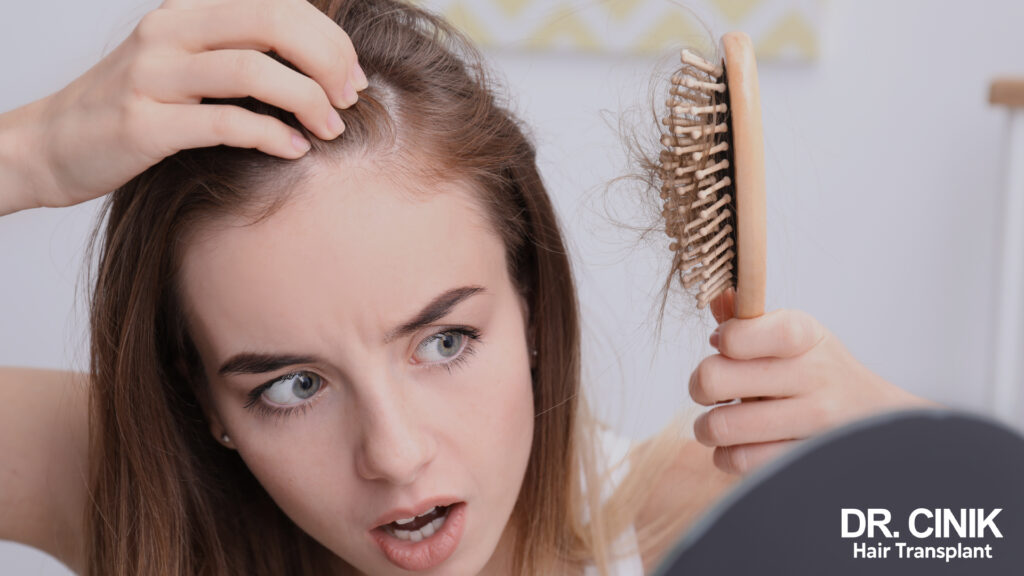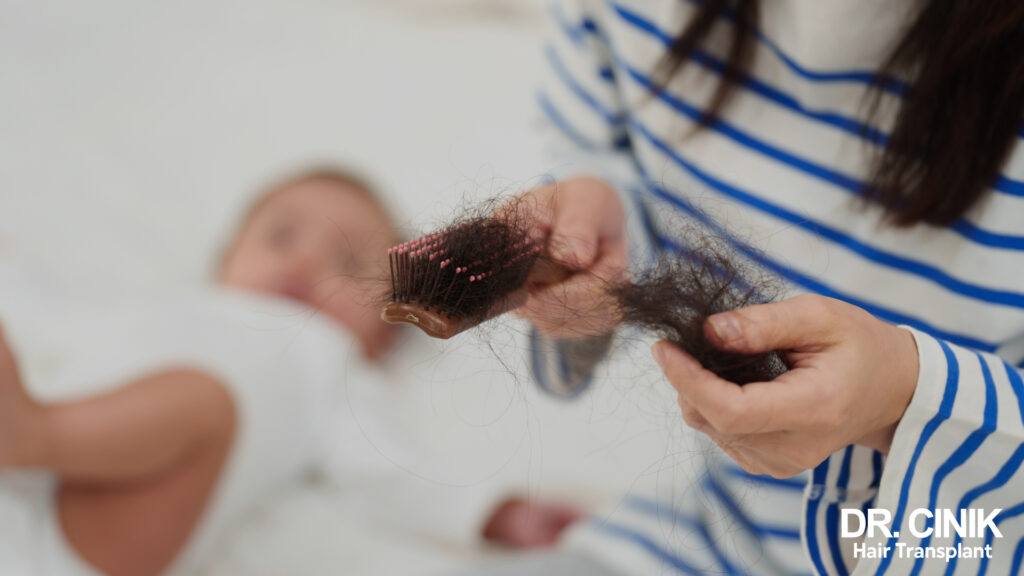Using Minoxidil (Rogaine) to Combat Androgenetic Alopecia
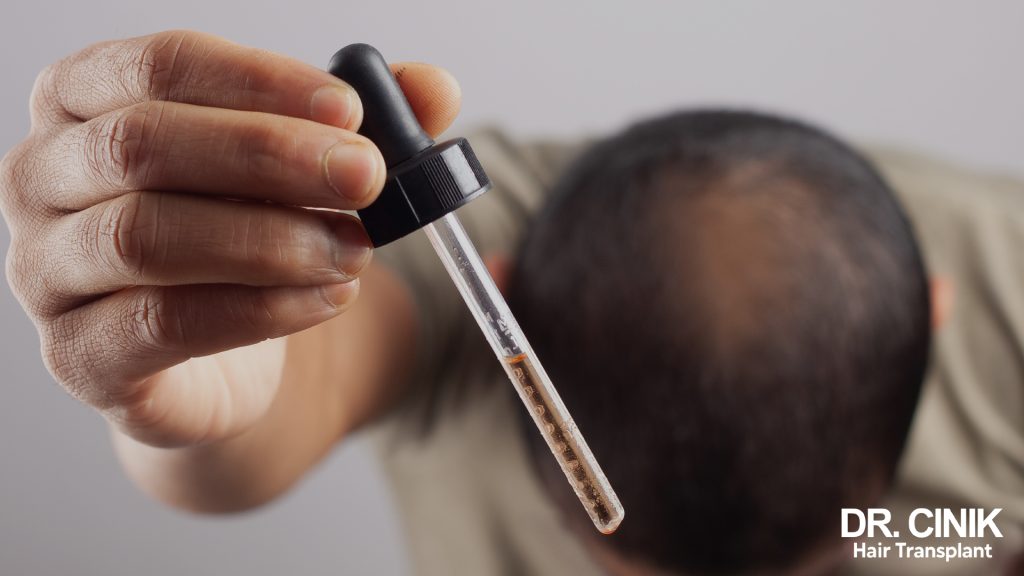
Summary
Androgenetic alopecia, commonly called baldness, is a significant issue that impacts not just appearance but also emotional well-being, self-confidence, and self-esteem. Although Minoxidil has gained recognition for its ability to delay the progression of androgenetic alopecia, particularly in its early stages, it is not a cure-all. Hair transplants are still considered the most effective form of treatment.
Understanding Minoxidil: Origin and Initial Use
Originally discovered in the 1950s by the American pharmaceutical firm Upjohn Company, Minoxidil was initially marketed as a vasodilator antihypertensive medication for treating high blood pressure. During its clinical trials in the 1960s and 1970s, an unexpected but consistent side effect was noted: hypertrichosis or excessive hair growth. This led researchers to formulate a topical version specifically for promoting hair growth. In 1988, Rogaine, which contains 2% minoxidil, received approval for treating androgenic alopecia in men. Nowadays, Rogaine is the primary medication used to manage androgenic alopecia, and it is also effective against other types of alopecia, like telogen effluvium.

Chemical Makeup of Minoxidil
Minoxidil belongs to the class of imidazole derivatives and has the chemical formula C9H15N5O. It is primarily offered as either a liquid solution or a foam for scalp application. In The UK, minoxidil made its debut in 1988, and subsequent years saw the approval of several topical medications containing this active ingredient.
How Does Minoxidil Work?
Although there’s no consensus in the scientific community regarding the precise mechanism by which minoxidil promotes hair growth, the prevailing hypothesis is that it functions by opening potassium channels in cellular membranes. This action enhances blood circulation around hair follicles, thereby enriching the nutrient supply and extending the anagen (growth) phase of the hair life cycle. Additionally, minoxidil has the effect of enlarging the hair follicles, which results in noticeably thicker strands of hair. The key factor behind minoxidil’s effectiveness in stimulating hair growth is its active metabolite, minoxidil sulphate.
Effectiveness of Minoxidil in Treating Androgenetic Alopecia
Minoxidil holds a reputation in the medical community as one of the most reliable treatments for androgenetic alopecia, also known as common baldness. Numerous clinical studies have demonstrated its capability to slow or even reverse the progression of hair loss.
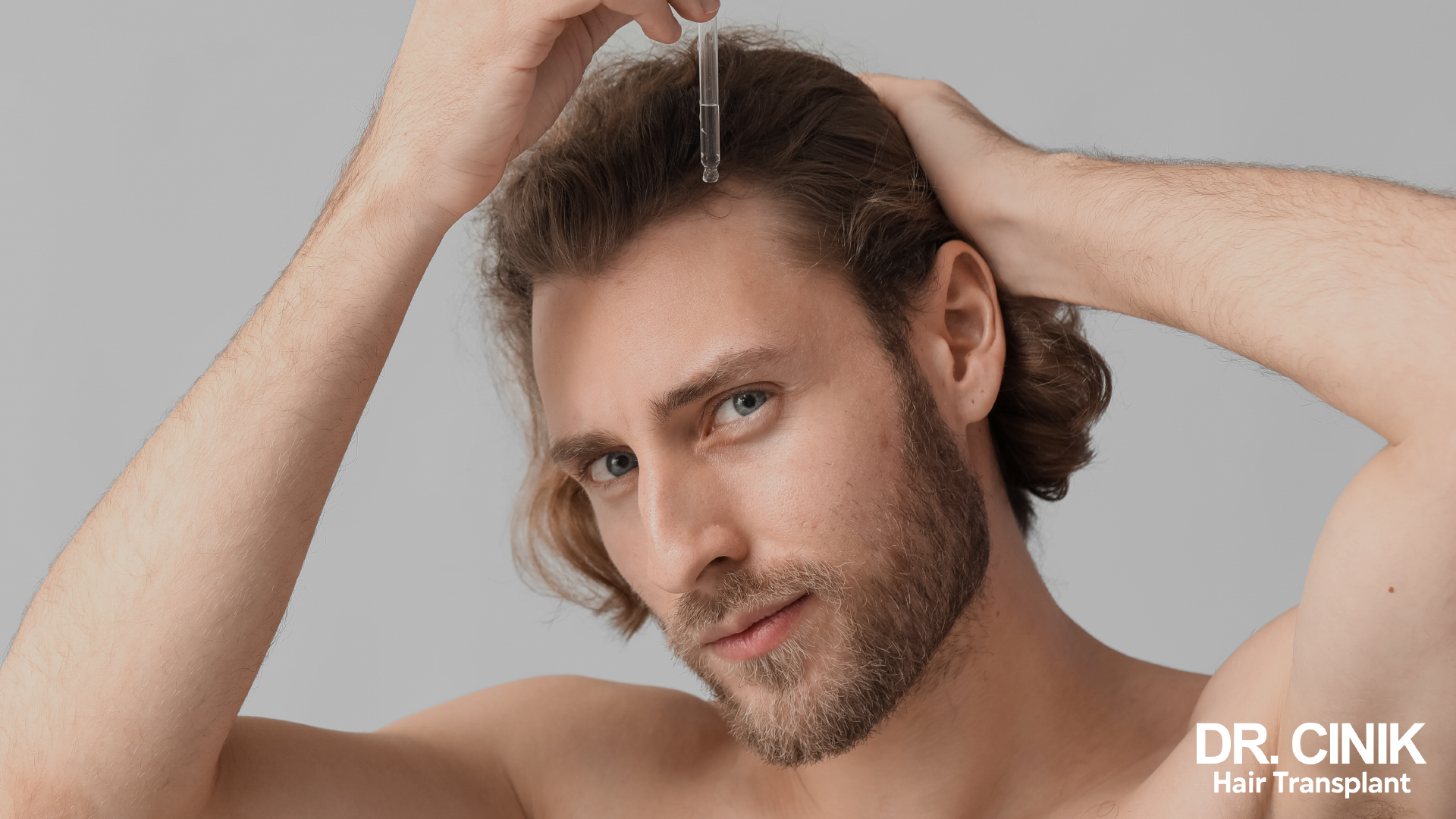
Topical Application: The Preferred Method
The most prevalent way to use minoxidil is by applying it directly onto the scalp. This topical application allows focused action on hair follicles to stimulate growth.
- Effectiveness: Clinical trials indicate that between 40% to 60% of users—both men and women—see hair regrowth after 3 to 6 months of consistent application.
- Need for Ongoing Treatment: Continual use of minoxidil is required to sustain any gains in hair growth. Discontinuing the treatment could result in a relapse, losing the newly regenerated hair.
- Optimal Concentration: According to this literature review, utilizing a concentration higher than 5% does not markedly enhance its efficacy.

Oral Application: An Emerging Alternative
Oral minoxidil is gaining attention as an alternative route of administration.
- Effectiveness: Studies suggest that low-dose oral minoxidil can be both safe and effective for treating various hair disorders, including hair loss in men and women.
- Dosage Considerations: The dosage varies depending on the type of hair loss and the individual patient, but it is generally kept low to minimise side effects.
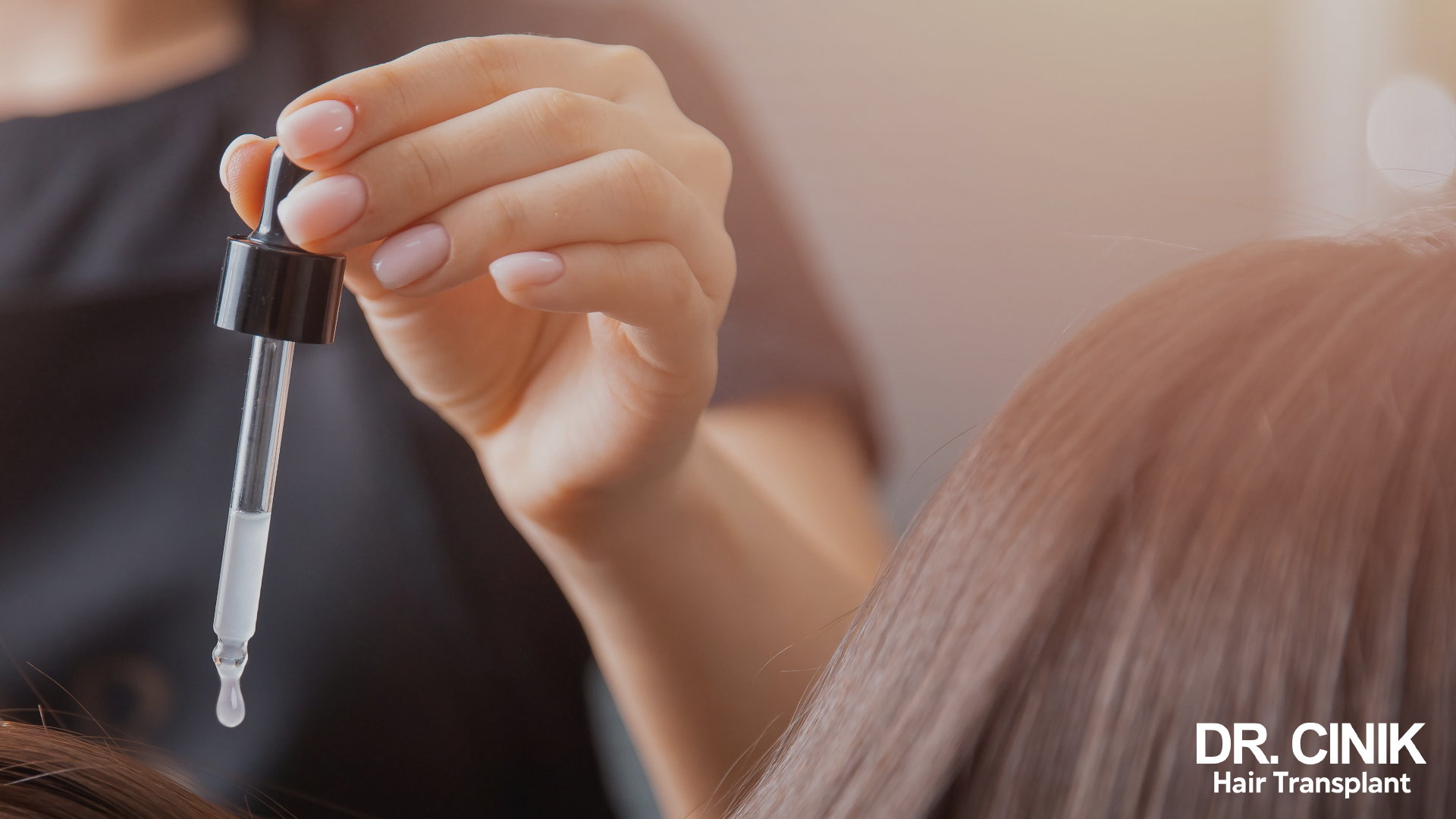
Effectiveness in Women
Minoxidil is also proven to be effective for androgenetic alopecia in women.
- Approved Formulations: A 2% minoxidil formulation is specifically approved for women. However, some opt for the 5% concentration to achieve potentially quicker results, though this comes with an increased risk of side effects.
- Reported Outcomes: Research shows that women respond particularly well to minoxidil treatment, with most experiencing a decrease in hair loss and an increase in hair density.
Side Effects and Safety Concerns
Minoxidil, like any medication, has potential side effects. While many users tolerate it well, some might experience skin-related issues since it is often applied topically.
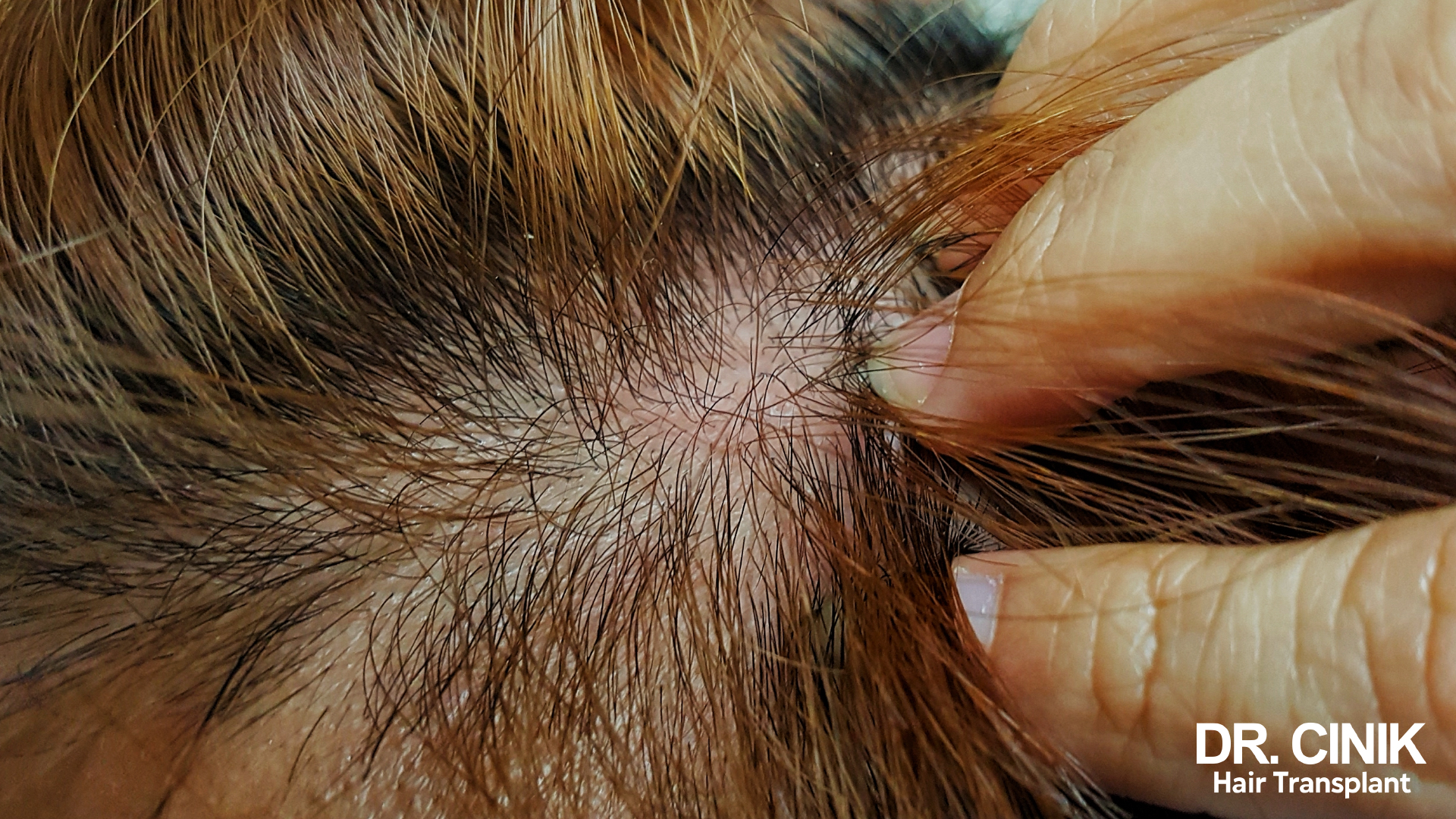
Skin Irritation on the Scalp
- Itchiness and Tingling: Certain users may experience itching and tingling sensations. The alcohol content in some formulations may dry the scalp, which could lead to irritation, especially in individuals with sensitive skin.
- Reddening of the Scalp: Due to its vasodilatory properties, minoxidil may cause redness to become more pronounced, especially in areas with sparse or no hair.
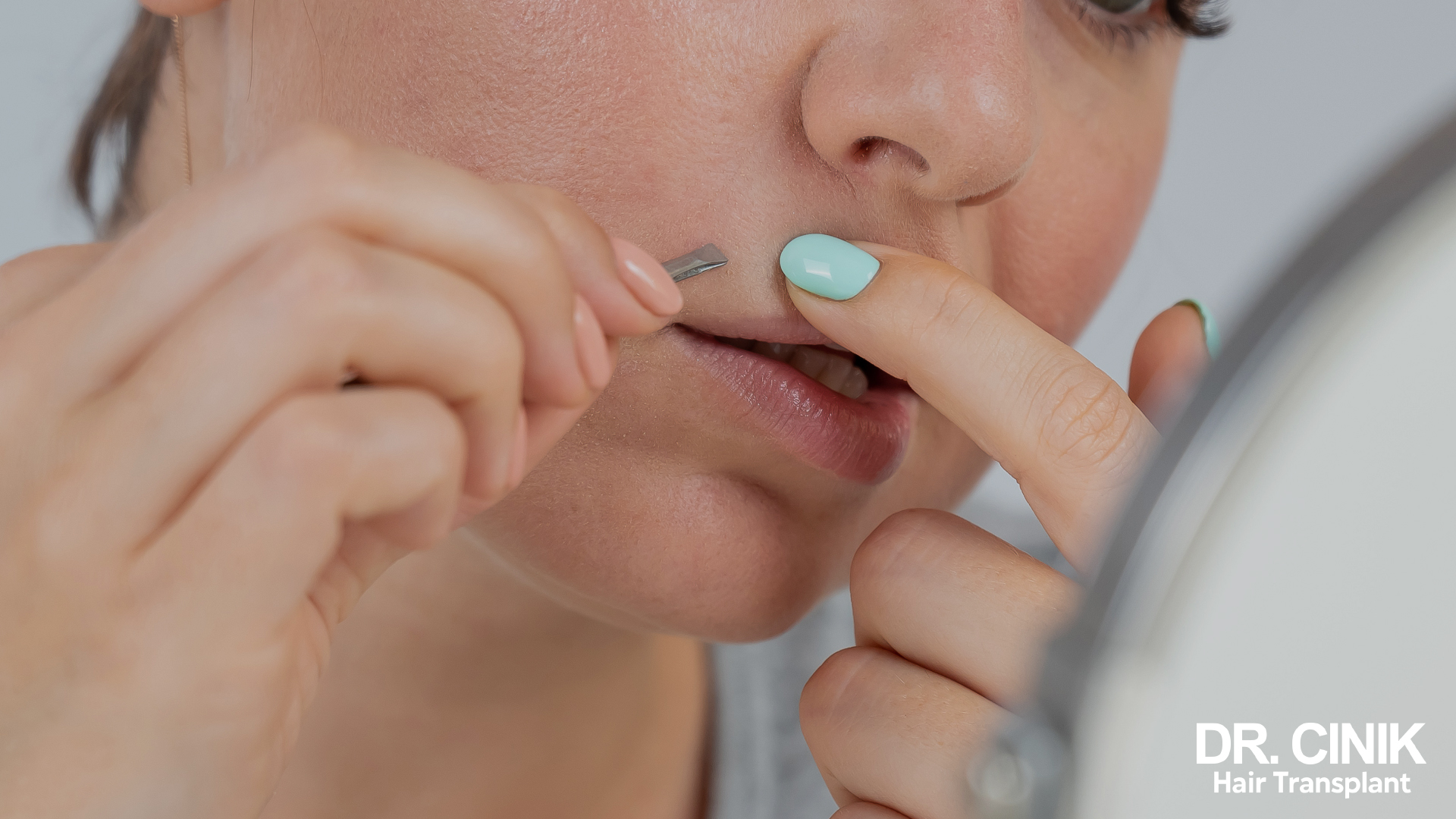
Unwanted Hair Growth (Hirsutism)
A common side effect involves the growth of fine, downy hairs, particularly on the face. This effect is more prevalent among women, especially if the product contacts other facial areas or is ingested orally.
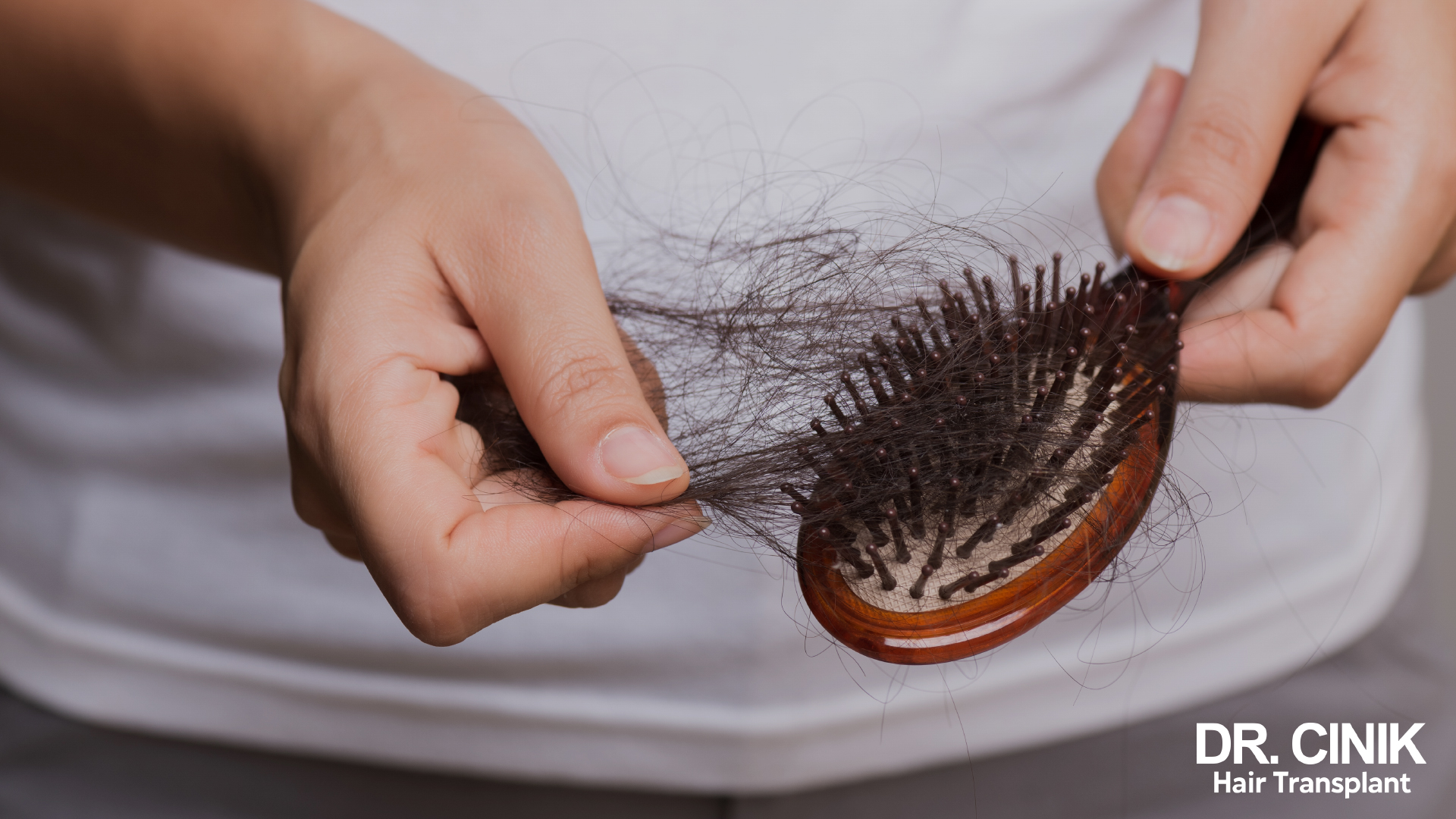
Initial Hair Shedding
“Shedding” is a regular phenomenon during the initial phases of minoxidil use. This involves temporarily losing newly grown hair within the first 2 to 3 months of treatment. This shedding is a controlled and expected part of the process, giving way to stronger and healthier hair growth.
Other Treatment Options for Androgenetic Alopecia
If you’re looking for alternatives to Minoxidil, various other treatments must be considered for combating androgenetic alopecia.
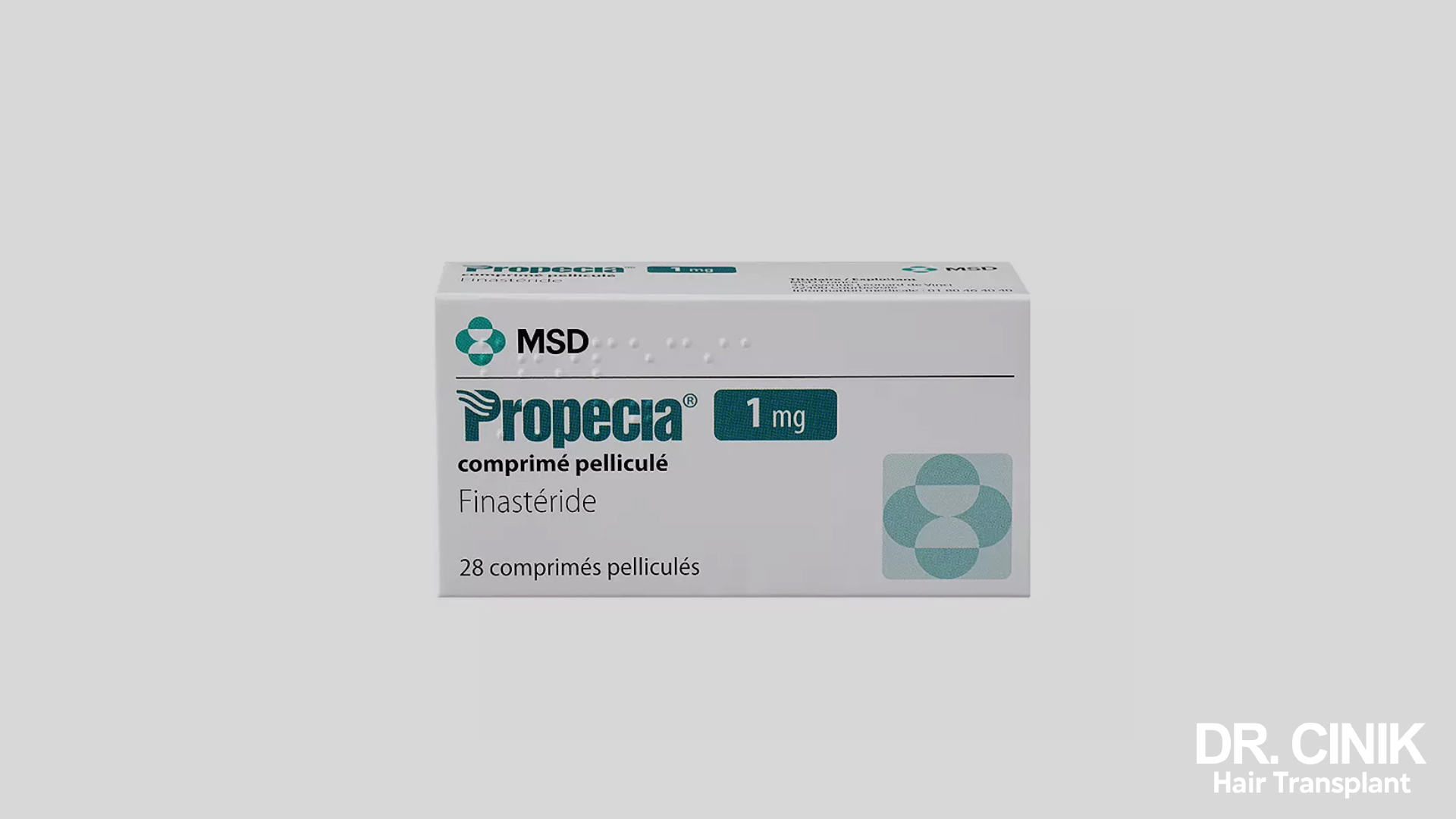
Finasteride (Propecia 1mg): Potent but with Notable Side Effects
Finasteride is an oral medication that targets the hormonal cause of androgenetic alopecia. Specifically, it inhibits the conversion of testosterone to dihydrotestosterone (DHT), a hormone frequently associated with hair loss. Finasteride can slow or even reverse the balding process by reducing DHT levels. However, it’s crucial to be aware of potential side effects, including sexual difficulties like reduced libido and mood-related issues such as depression.
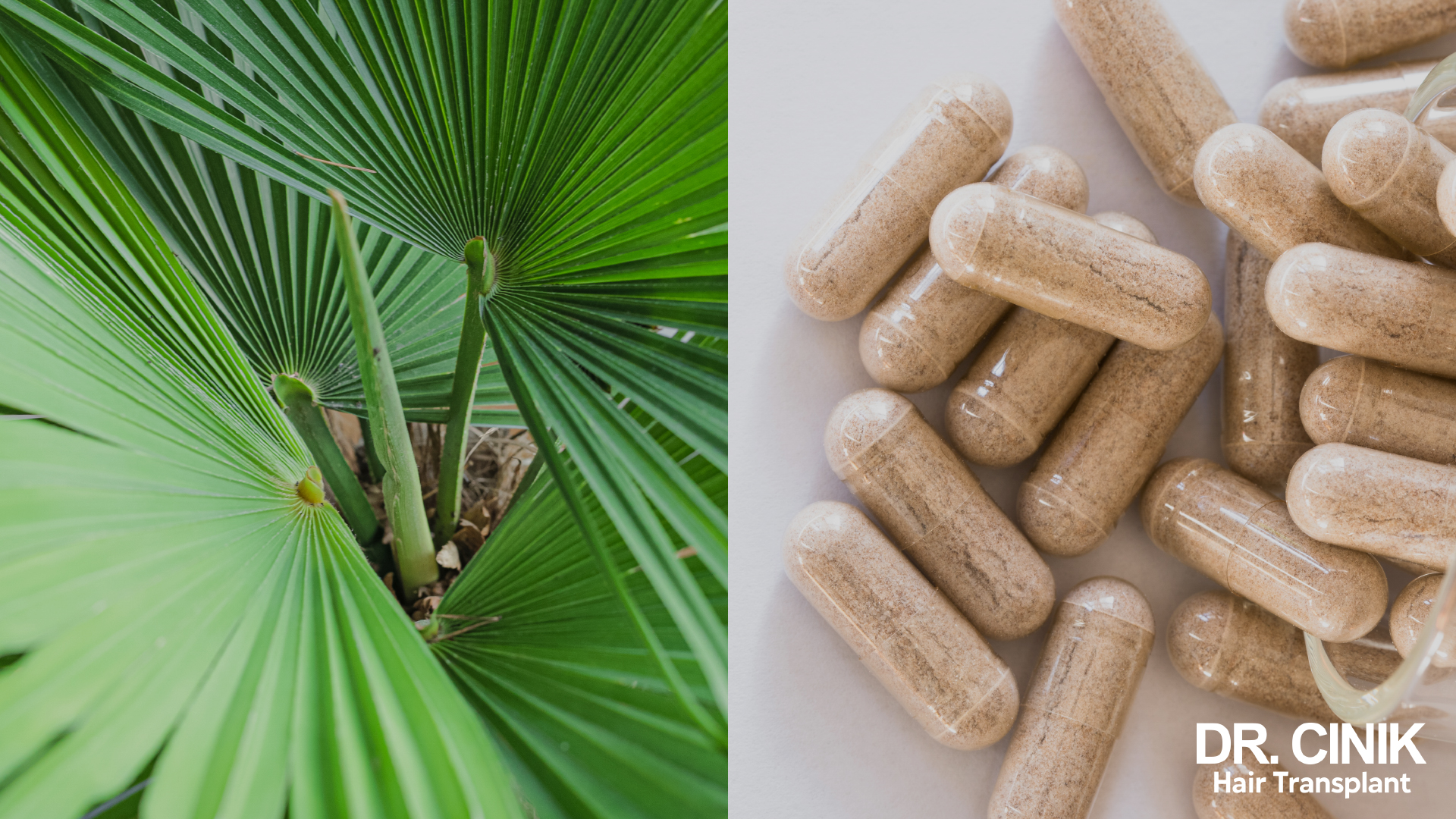
Natural Remedies: From Rosemary Oil to Saw Palmetto
A range of natural treatments may also offer some benefit in treating androgenetic alopecia. For example, one study suggests that Rosemary oil could be nearly as effective as minoxidil. Saw Palmetto, another natural option, is known for its ability to inhibit DHT, although scientific consensus on its effectiveness is still lacking. Castor oil is another commonly cited alternative, but rigorous scientific study has not definitively proven its efficacy.
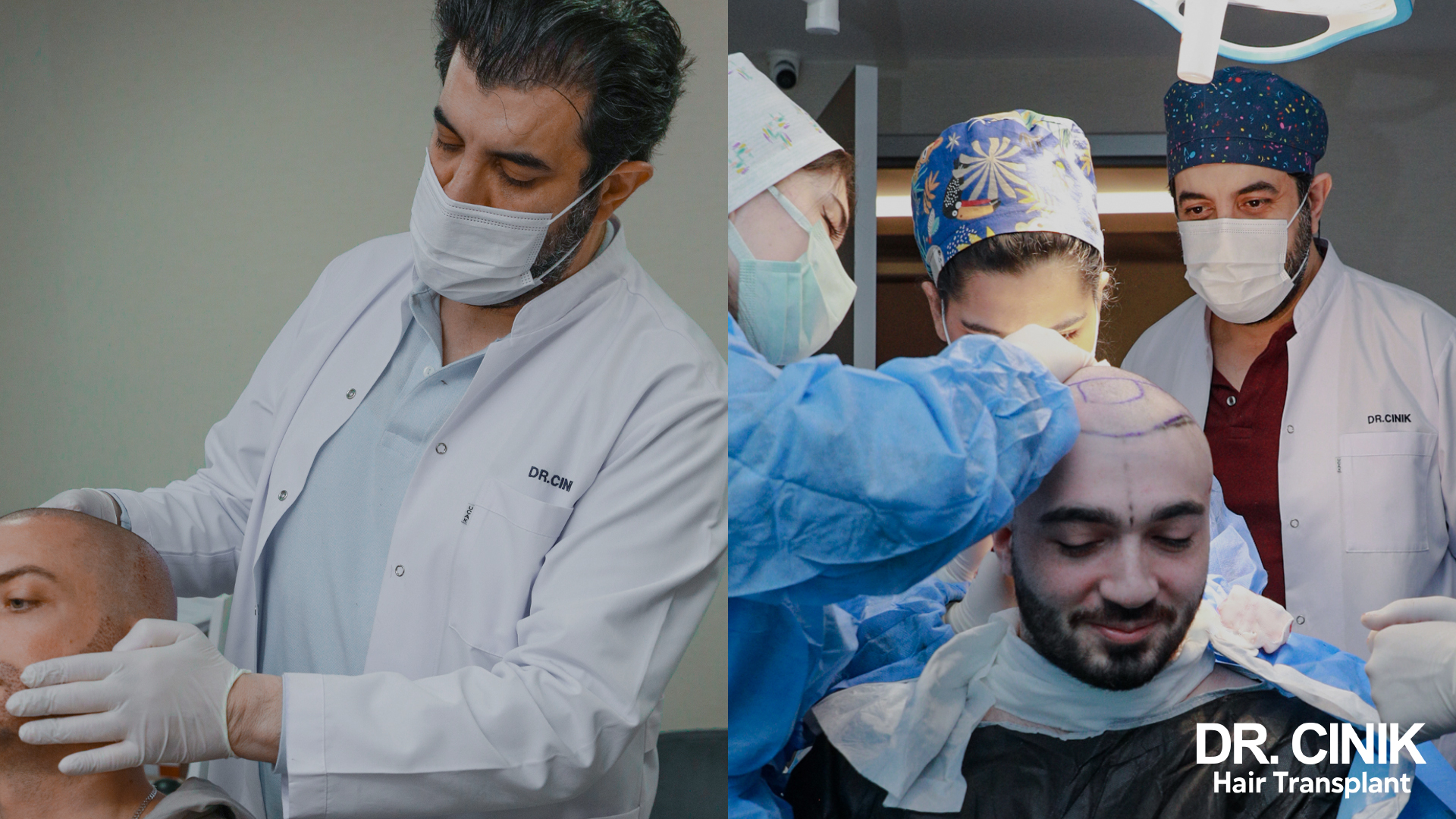
Hair Transplants: A More Permanent Solution
For individuals seeking a long-lasting hair loss remedy, hair transplantation is the most effective surgical procedure. During this operation, hair follicles are harvested from areas with dense hair growth—typically the back of the head—and transplanted to areas suffering from thinning or complete hair loss. Hair transplants offer a permanent solution and have high success rates.


